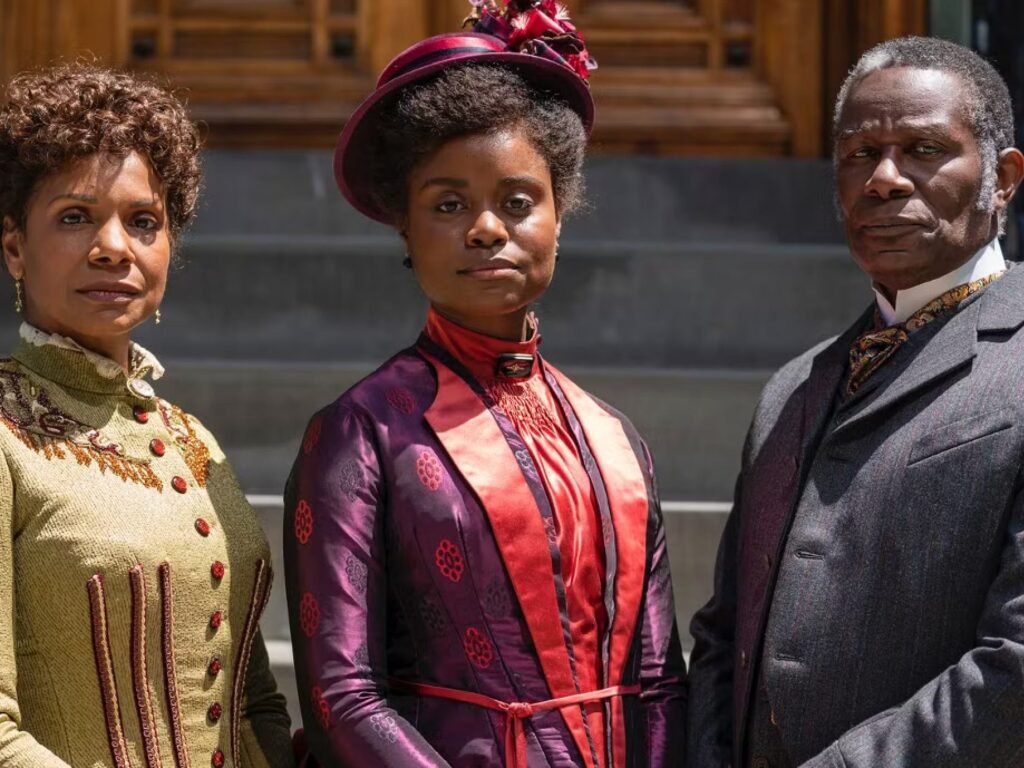
HBO
- The Gilded Age was a period marked by rapid economic growth and prosperity.
- Soon after the Emancipation Proclamation in 1863, the Gilded Age ushered in a Black aristocracy.
- Many of the Black elite during the time owned retail and grocery stores and pharmacies.
In a letter published in the April 22, 1852, issue of the Frederick Douglass Papers, someone known only by the pen name “Ethiop” observed: “Quite a combination of enterprising Blacks are beginning to appear.”
“They begin to take their places in every pursuit about town and country; and as their thoughts and sympathies partake of their varied and independent occupations, they naturally form an active and efficient business class. I call it an ARISTOCRACY,” Ethiop said.
The observation signaled the emergence of a new Black elite in New York City, which bloomed during the Gilded Age, a period toward the end of the 19th century marked by rapid economic growth and prosperity, as well as economic inequality.
The HBO show “The Gilded Age,” which wraps up its third season on August 10, captures the clash between Manhattan’s old and new money. It also gives viewers a glimpse into the world of wealthy Black Americans previously overlooked in history.
Here’s a closer look at what it was like for Black New Yorkers during the Gilded Age.


